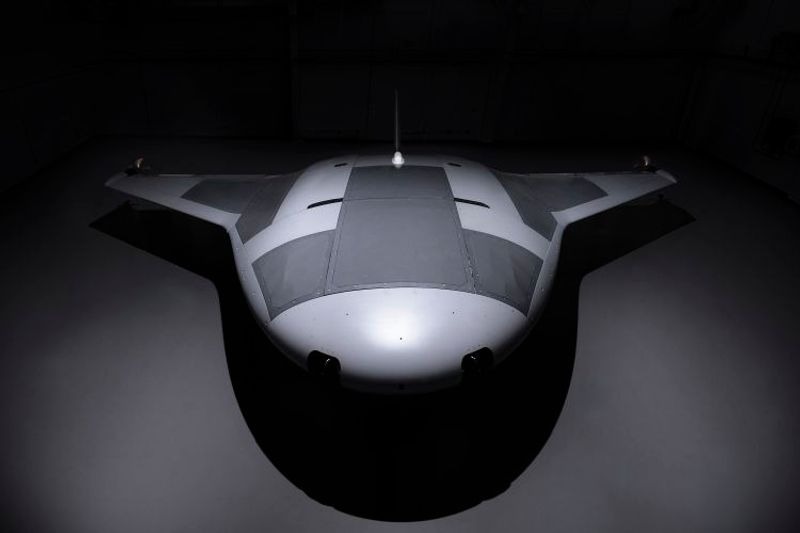
The ocean’s mysterious depths are set to become less inscrutable thanks to the recent developments in unmanned undersea vehicle (UUV) technologies. These advances promise a new era of naval capabilities, extending the reach of navies while keeping human sailors out of harm’s way.

With unprecedented underwater endurance and autonomous operations, these UUVs are poised to redefine maritime warfare.

At the forefront of this underwater revolution is the Defense Advanced Research Projects Agency’s (DARPA) Manta Ray program. The recent in-water testing of an “extra-large” UUV prototype off the coast of Southern California signifies a leap forward. This platform, crafted by Northrop Grumman, showcased diverse submerged operations using buoyancy, propellers, and control surfaces for propulsion and steering.

DARPA’s Manta Ray program, initiated in 2020, emphasizes the development of a “new class” of autonomous UUVs for the Navy that can undertake long-range and long-duration missions.

DARPA is pushing boundaries with unique energy management and undersea energy harvesting techniques, innovative low-power propulsion systems, and enhanced mission management strategies in dynamic maritime environments.

Kyle Woerner, DARPA program manager for Manta Ray, stated, “Our successful, full-scale Manta Ray testing validates the vehicle’s readiness to advance toward real-world operations after being rapidly assembled in the field from modular subsections.”

The program’s next steps involve discussions with the Navy to transition the technology for further testing.

Robo-vessels are increasingly seen as cost-effective assets for boosting naval capabilities and reducing risks to sailors.

Admiral Lisa Franchetti, Chief of Naval Operations, views these emerging technologies as a means to “put more players on the field.”

Further innovations in propulsion systems, like the Asymmetric Propulsion developed at the Woods Hole Oceanographic Institution and brought to market by ARMADA, provide UUVs with capabilities for both efficient surveys and detailed inspections during single deployments.

The strategic significance of mine countermeasure (MCM) systems is now more pronounced than ever. The Russo-Ukraine War has underscored the disruptive power of naval mines. Autonomous mine hunting and clearance operations are critical in ensuring sea control and preserving vital trade routes.

Modern naval forces are transitioning away from single-role MCM vessels to a suite of remote and autonomous systems capable of operating at range. These systems will work in unison to detect, classify, and neutralize mines more effectively and efficiently.

Dominique Giannoni, CEO of French maritime technology company ECA Group, noted the evolution from deploying remotely operated vehicles (ROVs) from mother ships to using a mix of autonomous underwater vehicles (AUVs), unmanned surface vehicles (USVs), and even unmanned air vehicles (UAVs) for third-generation MCM solutions.

During BALTOPS 22, a premier maritime-focused exercise in the Baltic Sea, U.S. Navy Sixth Fleet partnered with various research and warfare centers to demonstrate UUV mine hunting technology’s operational effectiveness. Experimentation focused on UUV navigation, teaming operations, and improvements in acoustic communications, as well as collecting environmental data to advance automatic target recognition algorithms for mine detection.

Lt. Joshua Lynn, U.S. Sixth Fleet Experimental Lead for BALTOPS, shared the enthusiasm, saying, “This year we have seen the near- and long-term future in mine hunting UUV technology and we are excited to see how quickly the technology and capabilities are improving.”
Relevant articles:
– DARPA tests undersea Manta Ray drone prototype, looks to transition tech to Navy, DefenseScoop
– Armada Marine Robotics, Armada Marine Robotics
– Beating the Minefield With Autonomous Countermeasures, Armada International
– BALTOPS 22: A perfect opportunity for research and testing new technology, United States Navy (.mil)

